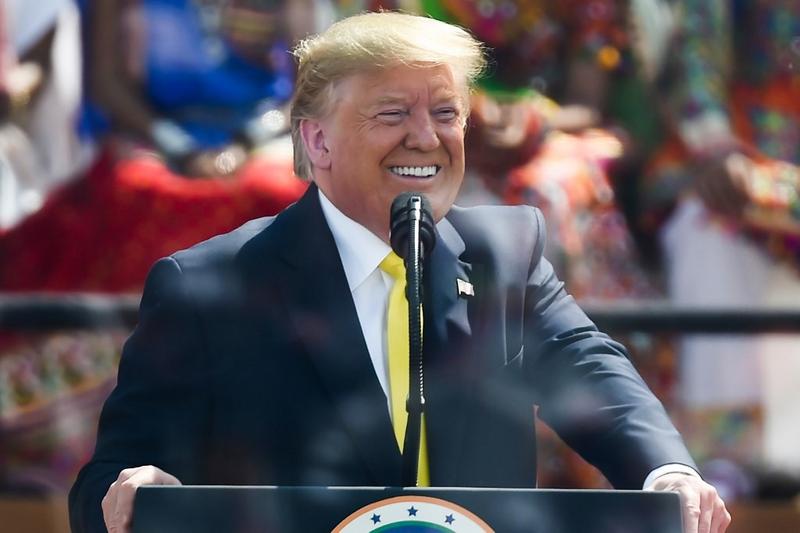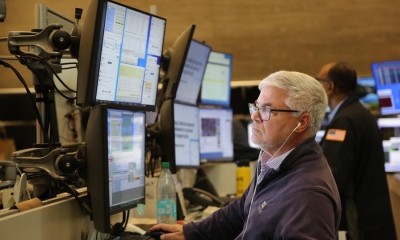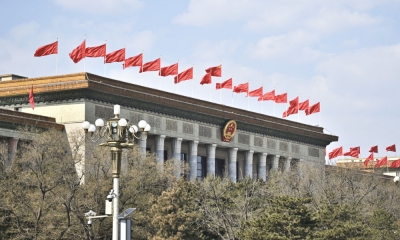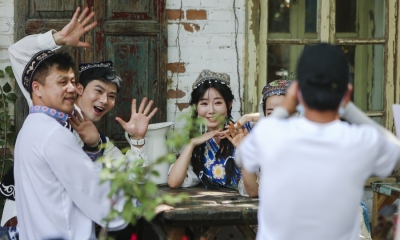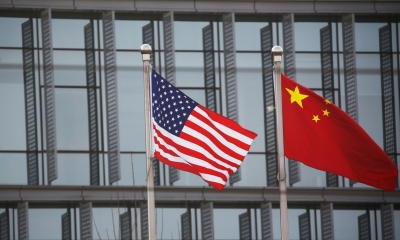Will India Become a “Strategic Partner” of the US?
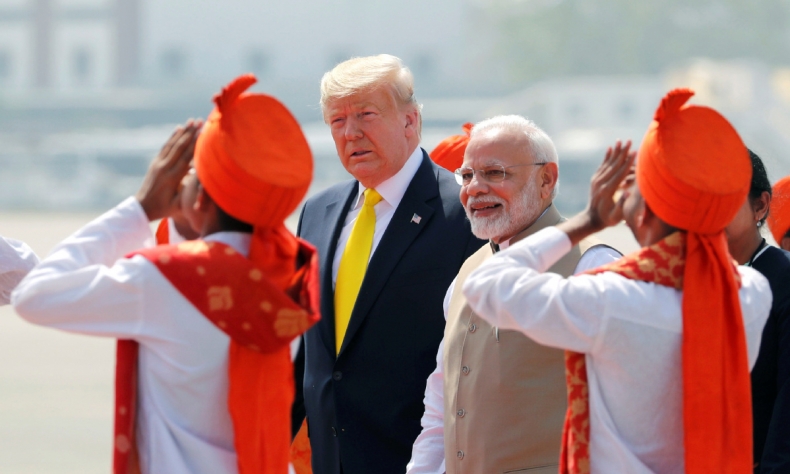
Bearing the ‘Wuhan Spirit’ in mind may be the best considering the current stage between US and India.
US President Donald Trump is now in India, receiving something of a hero’s welcome, with some of the crowds there even out-doing those he has been getting here back home on the campaign trail. Of course, Indian Prime Minister Narendra Modi received quite a turnout when he was in the United States last September, and this is pay-back time.
On the US side, the US-India relationship tends to be colored by the paranoia in US policy circles over the rise of China. And the initiation of the so-called “Indo-Pacific policy” by then US President Obama was a clear move to try to bring India into alignment with a growing policy of “China containment.” And while President Trump didn’t mention China by name in his speech at the “Namaste Trump” rally, he highly praised the Indian Prime Minister, talking about Modi’s “rags to riches” personal story and the importance of their two nations as twin “democracies” and their similarities in being “religious” nations, (something that is a bit of a hard-sell given the overwhelming secular nature of US society and the growing anti-Muslim Hindu-first policy of the present Modi Government).
Trump also praised Modi’s efforts in raising the living standards of Indians, although Indian efforts in this respect have been pale in comparison to what China has achieved in its poverty alleviation. Overcoming poverty is no doubt the genuine intention of the Indian Government as it has been for most Indian governments, but it has a long way to go before it will make a dent in India’s extreme poverty.
And, of course, there was nary a word uttered by the President on the very controversial measures which Prime Minister Modi has taken to ban Indian Muslims from taking part in the political process. While President Trump called on “every Indian – North and South, Hindu and Muslim, Jewish and Christian” to take pride in their culture, many of these Muslim citizens are presently engaged in violent protests at the Government’s attempt to disenfranchise them. And the strong Hindu nationalism espoused by Modi and his Bharatiya Janata Party (BJT) does not attest to any real spirit of Indian democracy and flies in the face of the ecumenical spirit espoused by Gandhi and Nehru.
Beware of those bearing gifts
President Trump is prepared to up the ante with India if they are willing to become a “pillar” in the Indo-Pacific strategy, offering to sell US weapons to India (at a yet to be determined price). While India would no doubt be happy to have American weaponry, it may not be prepared to upend the close relationship they have had with Russia in terms of Indian armaments. An entire supply line has been set up in the India-Russia weapons channel and the lure of new weapons contracts with the United States, which has waxed hot and cold towards India through the years, may be less satisfying than the decades-long relationship they have maintained with Russia in this field.
President Trump is also promising cooperation in space, and particularly, in manned space exploration. This may prove more tempting than the weapons gambit as India first launched its manned space exploration shortly after China had successfully committed itself to a manned program. The US program may help them to do some catch-up in this field, which they would probably not succeed in doing on their own. But the US program is still on the drawing board. And it’s not clear that India would simply be willing to follow the guidelines of the United States in developing their space vision.
And India, with its cordial, but complicated, relationship with China, is in no way interested in becoming an appendage to the neo-conservative’s anti-China policy. While India may feel itself a competitor with China, it will no doubt balk at any attempt to transform this into a hostile relationship.
The chance of together combating CODIV19
And all of this is taking place in the shadow of the increasing danger of a general pandemic with the global spread of the CODIV-19 virus. While the decisive measures undertaken by China in virtually quarantining an entire province seems to be having some success in reducing the number of infections in China, the virus has now appeared in other countries, including Japan, Italy and South Korea, countries which may not have the political fortitude nor the physical and medical infrastructure to follow China’s example in containing the disease.
At this point in time, one should be very wary of the usual geopolitical games. Without close cooperation on an international scale this type of virus can get out of control and lead to devastating consequences for all of mankind. While the United States is not yet seriously affected by the virus, the fact that we cannot definitively determine exactly who may be carrying the virus becomes the most important of the “known unknowns” regarding the disease. While as of this writing, India has only three confirmed cases of the virus, in a country with as fragile a medical system as India’s, even a small beginning can soon boomerang into a major epidemic.
And while President Trump has been mouthing the “mantra” of the India-Pacific adherents, he does not exhibit himself any real animus towards China nor towards Russia, as most of the India-Pacific promoters do. In fact, whenever he speaks, he tends to contradict the more belligerent statements coming out of his Secretary of State or the Vice President regarding Russia and China. In that respect, the good will he has created with the Indian Prime Minister could very well be of benefit if President Trump is also willing, as he claims he is, to establish good relations with Russia and China as well. Since it is these four nations, which working together could help bring the world into the right configuration to develop a general policy for containing and defeating CODIV-19, this would be the ideal setting for such a four-power arrangement in coordination with the WHO. Maybe we have to rethink and broaden the notion of the “Wuhan Spirit” engendered in Prime Minister Modi’s visit in 2018, as the motif in this life-and-death fight in which all nations have a stake.
 Facebook
Facebook
 Twitter
Twitter
 Linkedin
Linkedin
 Google +
Google +
